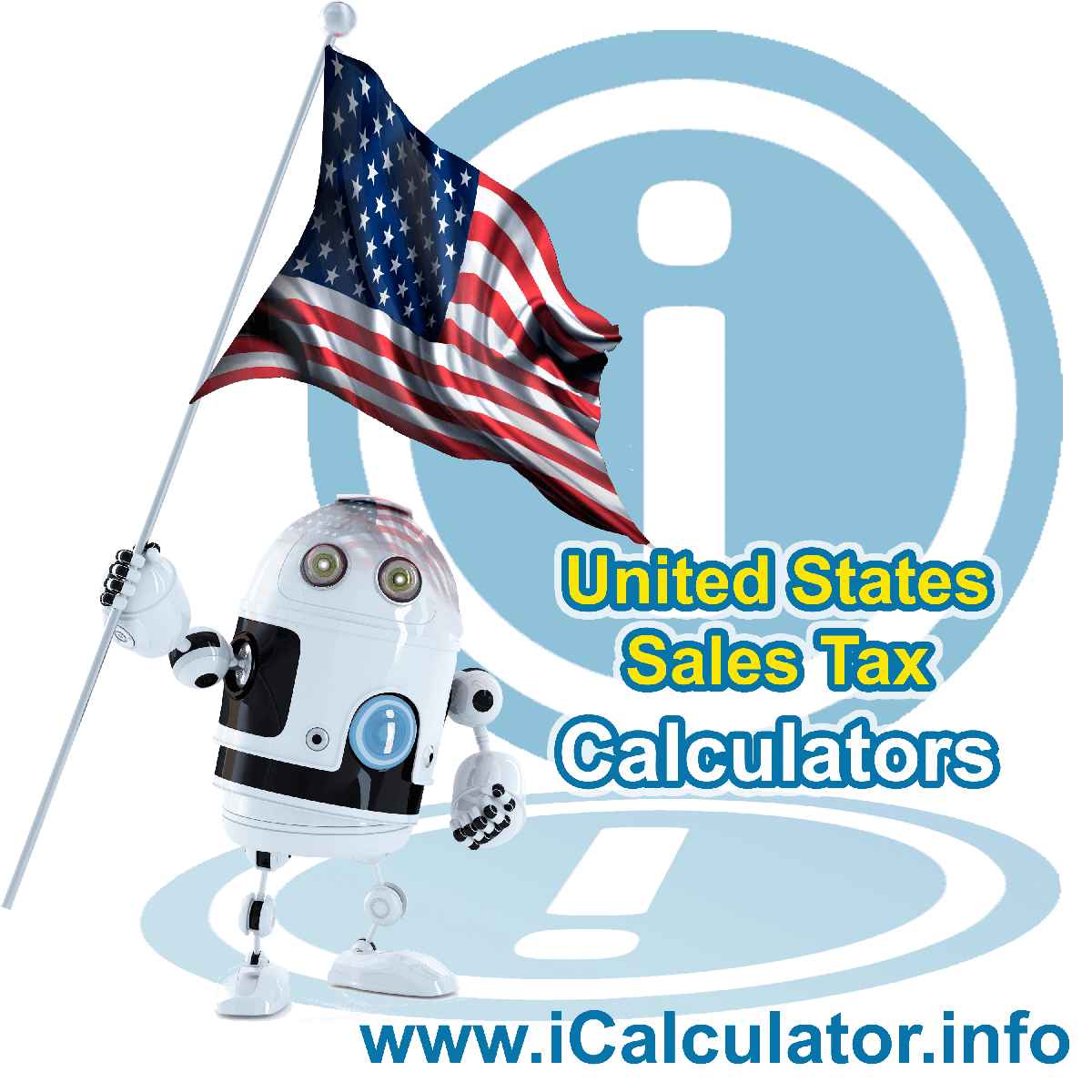Menu
United States Sales Tax for 2024/25
Sales tax in the United States is a tax charged on services (by service providers) and products (by retailers) at the point of payment. Sales tax is set at different rates across the United States with each State setting its own Sales tax policy with rates varying within each state as state tax varies at the County level (and below in some cases). As a result of the variations in Sales Tax in the US, calculating and comparing state tax and the total amount of tax applied can be confusing. To help reduce this confusion, iCalculator has produced a suit of Sales Tax calculators and information to help you calculate, compare and understand Sales Tax. This page contains information relating to Sales Tax in the US, has links to Sales Tax Comparison tools, Calculators and information about Sales Tax within specific locations.
Sales Tax Quick Links
You can click on the following links to jump straight to specific Sales Tax Tools and Information or continue reading to understand more detail on Sales Tax policy in the United States.
What is Sales Tax?

Sales Tax is a means of a governing body collecting revenue via a proportional tax amount, based on a percentage of the sales cost of goods and/or services applied, applied at the point of purchase. Sales Tax is considered to be a fairer approach to tax policy at it focuses on an individual's spending habits rather than their income. The theory being that Sales Tax is better for low earners as "the less you spend, the less you pay in tax". Whilst this may seem good in principal, this tax policy can negatively impact low income families and individuals as Sales Tax is applied unilaterally, there are no "tax breaks" or "tax allowances" on Sales tax where as income tax policy typically provides tax credits, personal allowances and tax exemptions which help reduce or remove the pressure of the income tax burden. Due to this Sales Tax is often exempt of key products or services like food, clothing and certain prescription drugs though the policy varies between States.
Is Sales Tax the same as Value Added Tax?
Sales Tax is often misconceived as being the same tax policy as Value Added Tax (VAT) but they are in fact two very separate taxation policies and approaches. Whilst both are clearly a means of collecting tax revenue via goods and services, the key difference is in the way the taxes are applied:
- Sales Tax: Sales Tax is applied once at the point of purchase. The business who conducts the point of sale transactions is responsible for maintaining a Sales Tax Ledger which defines the cost of goods sold and sales tax collected.
- Value Added Tax: Value Added Tax (VAT) is a transactional tax that is calculated and applied at each stage of the transformative process. In simple terms, every time a product changes hands, its VAT is calculated on the products sale value. As the cost of goods increase in value as they pass through the supply chain, so does the amount of VAT due. As a result, each business must maintain a VAT ledger which clearly shows the amount of VAT received and the amount of VAT expended, the difference between the two figures being the amount of VAT due (or due for rebate).
As you can see from the two examples, the VAT process requires much more time and administration. From a business process and economic productivity basis, Sales Tax is significantly better tax policy in addition to being a simpler accounting process.
US Sales Tax Support and Calculators
This section contains detailed information of sales tax in the US with:
- Specific rates detailed for each supported tax year.
- Dedicated sales tax calculators for each State, County and Locality.
- A Sales Tax Comparison Calculator which allows you to compare Sales Tax Between States.
- Sales Tax Comparison Calculators for each State which applies Sales Tax with detailed comparison between specific counties and localities within Each State.
Our aim within this section is to provide you with a suite of Sales Tax Calculators and information that allow you to:
- Access specific, detailed sales tax tables for each State.
- To calculate the sales tax due on goods purchased / sold wherever you are in the US.
- To compare sales tax between locations, this is particularly useful when travelling, relocating a business or travelling to access goods at a cheaper rate.
How to Calculate Sales Tax in the United States
Sales Tax in the United States can seem overly complicated as the amounts of Sales Tax are so varied. This is because Sales Tax is different in each State, in fact some States dont have Sales Tax (see the list below). Let's take a look at the Sales Tax Formula so understand the problem:
United States Sales Tax Formula
Where:
- s = State Sales Tax Rate
- c = County Sales Tax Rate
- l = Local Sales Tax Rate
- sr = Special Sales Tax Rate
As the Sales Tax Formula illustrates, there are upto four separate tax jurisdictions who directly influence the Sales tax rate at each individual location in the US. The impact being that you can effectively cross the road between Sales tax jurisdictions and pay a different amount for the product or service you need. This policy means that some will actually drive for hours to secure a better deal, consider Chicago where the combined Sales tax exceeds 16.4%!!!
Which States do not have Sales Tax?
The following States do not impose a State Sales Tax rate though some do apply local Sales Tax rates or alternate tax policy.
- Alaska
- Delaware
- Montana
- New Hampshire
- Oregon
More Great US Tax Calculators
If you found the Sales Tax Calculators and information useful, you may also like: